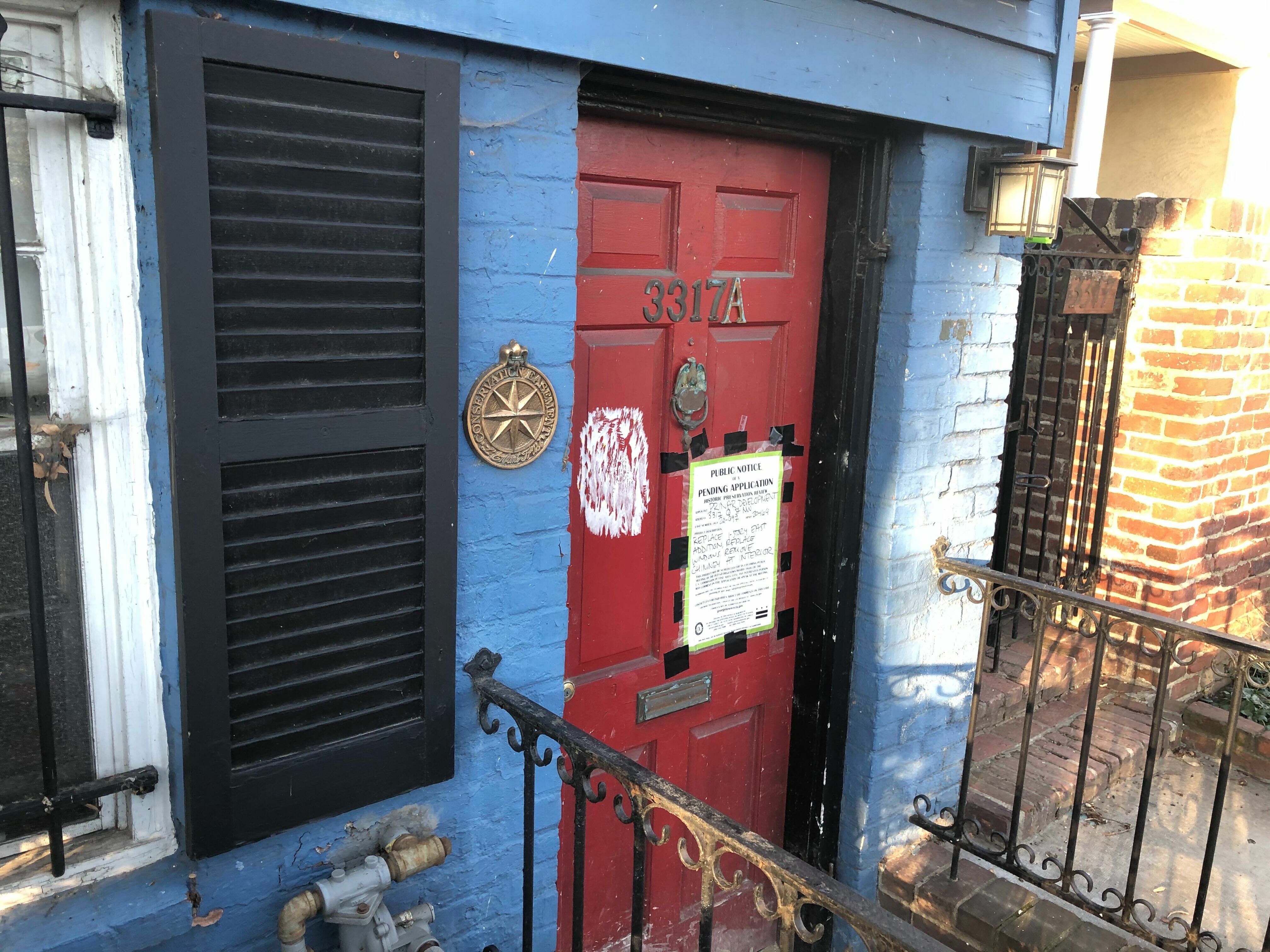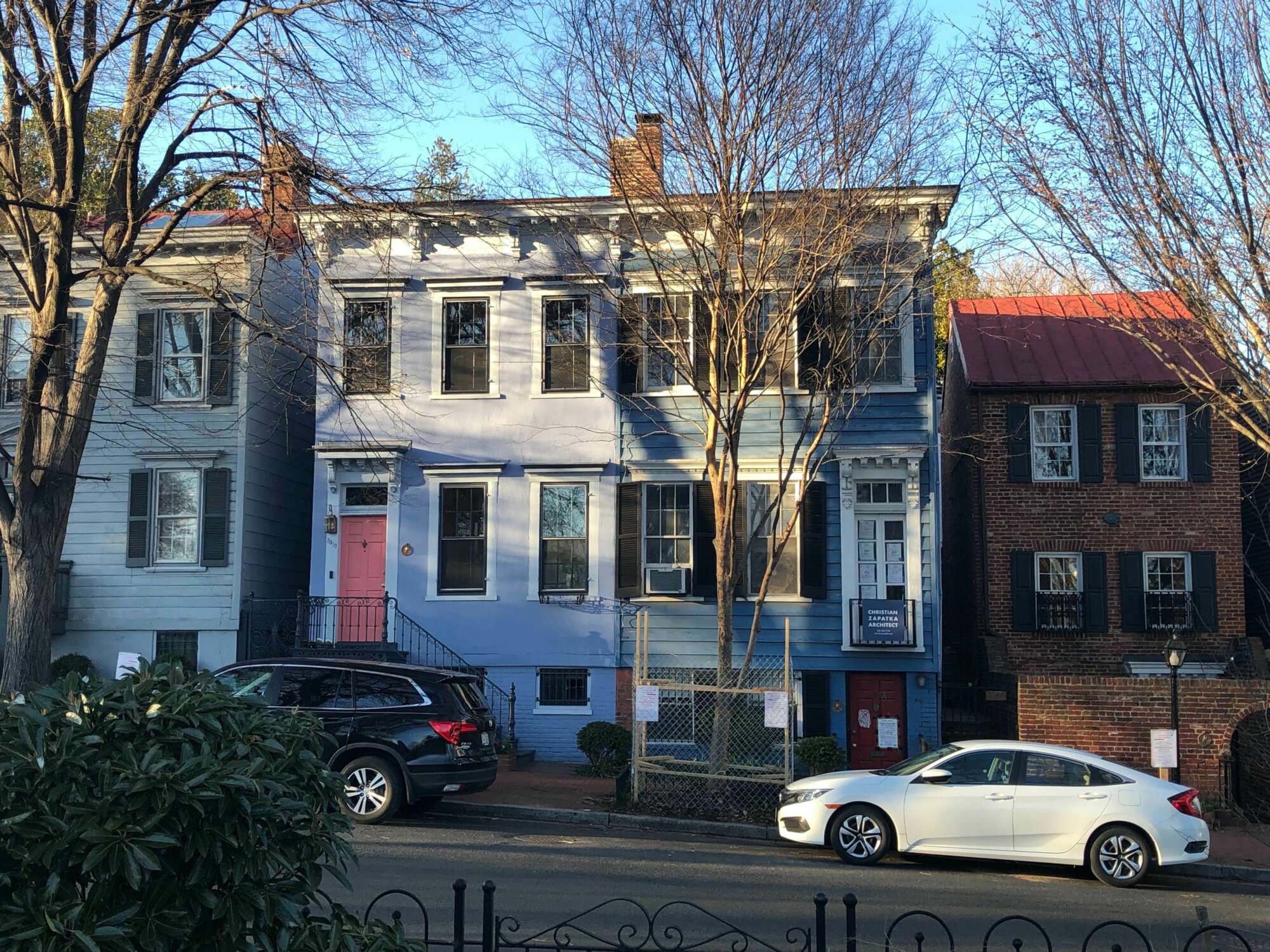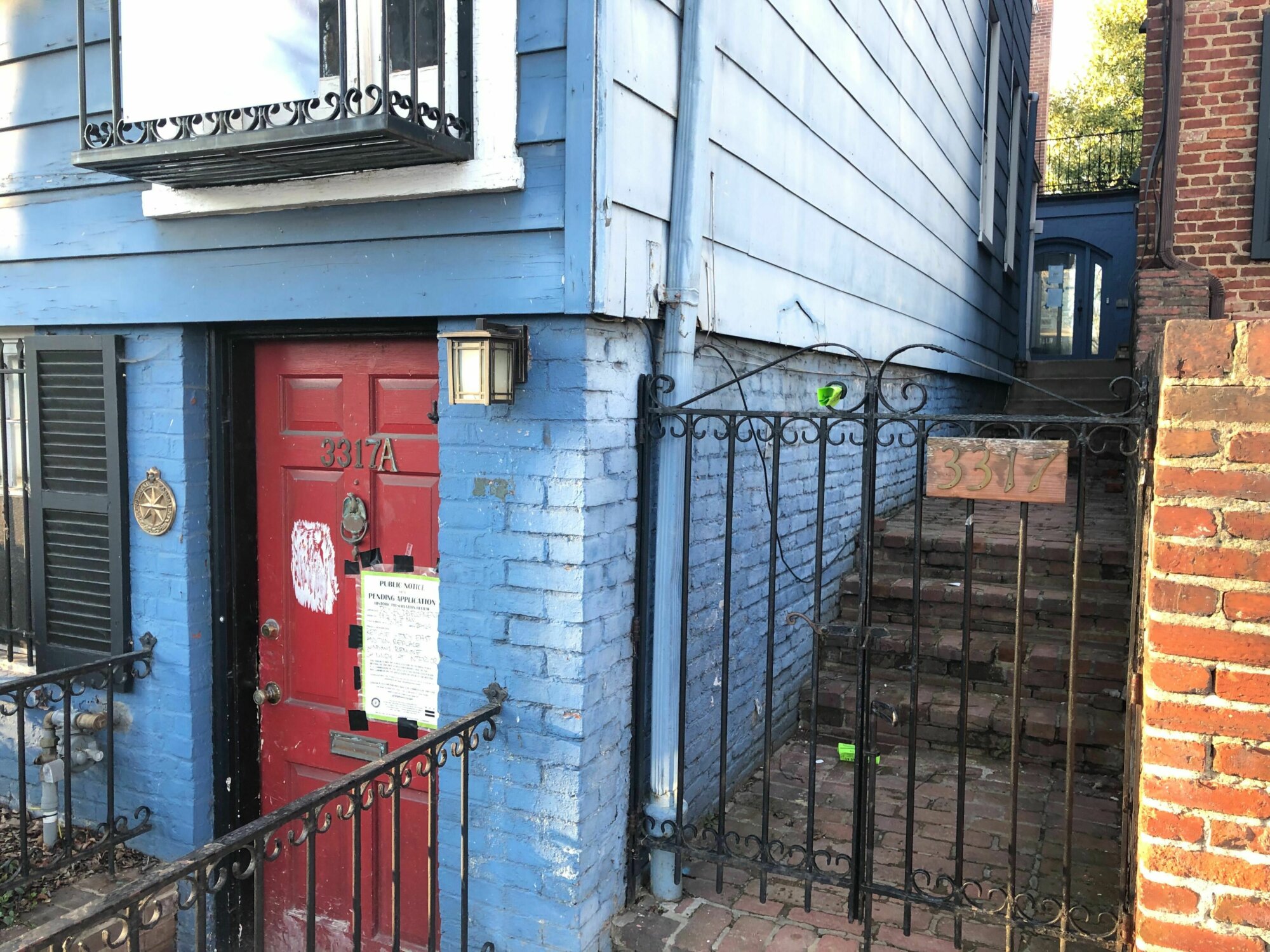
A renovation job at a house in Georgetown has uncovered a piece of early D.C. history and has added to a mystery at the same time.
In a 15-foot wide English basement apartment on Q Street, workmen building a staircase uncovered human remains Feb. 5, assistant city archaeologist Christine Ames told WTOP.
It was soon determined that the remains were old enough that it was not an active police matter.
That’s when the archaeologist’s office went to work in the small space, trying to excavate all the remains and to search for clues as to who the people might have been.
Ruth Trocolli, the chief archaeologist for D.C., said the find is “not that rare at all.” It happens more often than you might think, especially in that area.
African American remains, as the recently discovered ones most likely are, have been found under houses on the 3300 block of Q Street since at least 2005, Trocolli said.
It seems that before the present group of houses on the block was built, mostly starting in the 1860s to 1880s, the block appears to have been an open lot used as a burial ground.
Over the years, they’ve found rows of remains in coffins “with their toes to the east and their heads pointing west,” a traditional burial pattern.
Was the ground connected with a church? Were they victims of some kind of epidemic? Were they freedmen? Slaves?
“We don’t know who these individuals are,” Trocolli said.
She said David Hunt, a physical anthropologist at the Smithsonian National Museum of Natural History, has been examining the remains and said they are probably African American.
Hunt holds a doctorate in anthropology.
It’s not known whether they were freedman or slaves. Georgetown had a large black population in that era, comprising both free people and rented-out slaves, Trocolli added.
It takes a lot of time and energy to excavate these sites and to look at old documents and newspapers. Delande Justinvil, an anthropology doctoral student at American University, is helping study the remains under Hunt as well as doing document research, Trocolli said.
It’s a tough process, she said, in part because Georgetown was originally part of Maryland, so between D.C., Maryland and the National Archives, there are a lot of places to search for some basic records.
‘How do you lose the record of a cemetery?’
It seems like it shouldn’t be quite that mysterious – 1860 wasn’t that long ago. So why are there so many burials in a Georgetown lot that has disappeared from the records?
How do you lose the record of a cemetery is the question anthropologists are trying to answer
“Life for free blacks and enslaved people in Georgetown – they weren’t fully documented,” Trocolli said.
Georgetown residents where the discoveries have been uncovered have been very helpful with the research.
“The current residents have all been really wonderful,” Trocolli said. “They feel blessed” to have such history in their own houses, and are very cooperative “as we work to remove burials from out of their basements and out of their yards.”
Georgia Ravitz, who lives next door, said that while there have been other discoveries on the block, this one was bigger than most.

“This discovery … is quite remarkable, and very, very meaningful,” she said. “History now has a chance to right even a little bit of the wrong that was done.”
‘A double-edged sword’
Ames noted that uncovering someone’s presumed final resting place was troubling on one level, but said the contribution to history was a compensation.
“It’s a double-edged sword: You don’t want to do an unnecessary disturbance, but you don’t want to lose their information and their memory. So the endgame is to offer them a respectful resting place.”
If any identifications can be made, she said, the office will reach out to any descendant community as to “what is the best and most respectful conclusion to these individuals’ stories.”
To her, that’s what archaeology is all about.
“A lot of times we say archaeology can give voice to the voiceless. Those who are not always captured in the documentary record … can be seen in another capacity. A lot of residents have lived here and still have their stories to be told.”

WTOP’s Kristi King contributed to this report.





